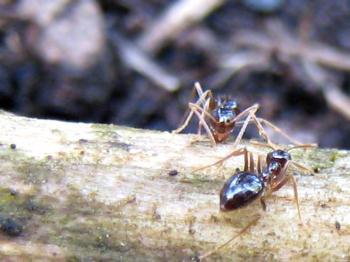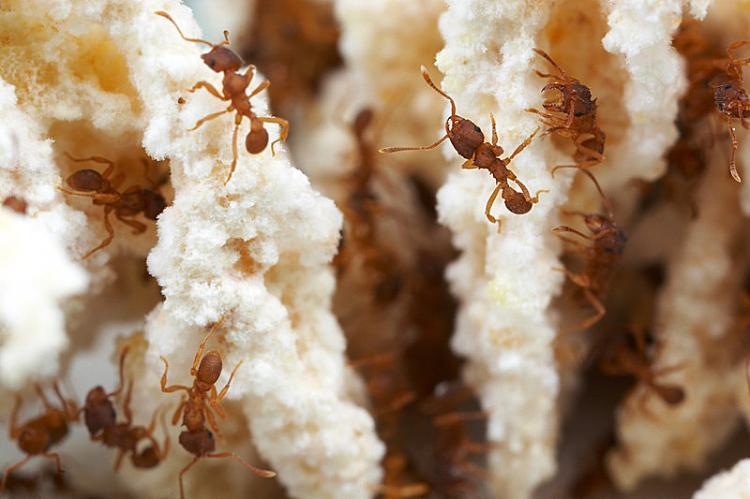Ever been annoyed by termites, ants, and cockroaches that sneak into your house through your windows? Scientists at Cambridge University may terminate the threats of these crawlies by giving them a slip down the wall.
Insects can cling onto nearly all artificial and natural substrates with an emulsion produced from pads on the bottom of their feet. The emulsion is composed of oil and water, which is similar to custard or ketchup.
With their superb traveling ability, these pests are responsible for billions of pounds worth of damage to homes, crops, and human health across the globe each year.
Yet a new type of long-lasting and non-toxic insect repellent coating, designed by doctoral student Jan-Henning Dirks and his supervising professors Dr. Christofer Clemente, and Dr. Walter Federle, removes the water from the emulsion, leaving the insects to slip with their oil.
“The insect slips like someone with wet feet in the shower,” said Dirks.
Dirks and his colleagues have been researching for a year on how insects stick to surfaces and manage to carry heavy loads. They coated surfaces with various substances to test the insects’ ability to cling. The discovery of the insect repellent was said to be an “accident.”
“One day we just did something wrong in the lab,” said Dirks. “The surface didn’t behave as it should. Instead of throwing it away, I took out a microscope and took another look at it. It turned out that it makes the insects slip.”
Dirks said that they have tested the technology on a few insect species such as ants and cockroaches. Since all insects’ feet are very similar and produce alike substances, the researchers concluded that the technology is applicable to many other insects.
The research team has patented the technology and is currently searching for a commercial partner to work with the inventors to make the technology available to consumers.
“Our material also does not wear off. It can stay on for a very long time. It’s like paint on your wall,” said Dirks.
The researchers said that the product can be potentially applied onto walls, furniture, ventilation pipes, food containers, and baby bottles.






